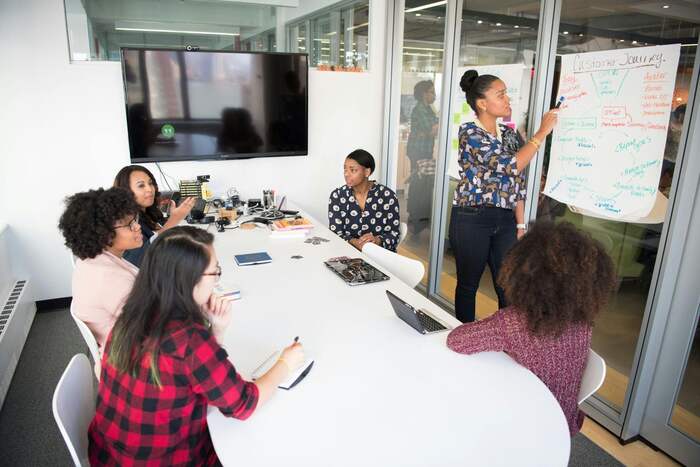Fashion has always reflected culture, but for a long time, access to the industry stayed limited. Small brands struggled to break through. Independent designers often had great ideas but no channel to share them widely.
The rise of digital commerce has started to change that story. Online wholesale platforms now connect makers and buyers across the world. This new landscape is opening doors for more voices and more styles to enter the scene.
Opening Doors Through Technology
Traditional wholesale once relied on trade shows and personal contacts. That system left little space for fresh or underrepresented labels. In recent times, B2B fashion eCommerce platforms have changed the rules.
They let a small studio in one city showcase its work to retailers on another continent. The playing field is not completely level yet, but it is more open than before. Diversity grows when new designers find a stage that reaches beyond their local market.
A Global Stage for Local Talent
Diversity is not just about representation. It is also about variety. Online wholesale spaces make it possible for regional aesthetics to reach global audiences. A pattern inspired by West African textiles can now be stocked in boutiques in New York or Berlin. A designer working with recycled fabrics in South America can sell directly to eco-focused retailers in Europe.
These connections enrich the entire industry. They blend traditions, cultures and stories into something fresh.
Lowering Barriers for Small Labels
Launching a brand often requires high upfront costs. Booth rentals, travel and showrooms create financial strain. Digital platforms ease those pressures. A designer can upload a catalog, share lookbooks and start conversations with buyers without leaving their workspace.
That shift lowers the barrier of entry. More entrepreneurs feel encouraged to try, and more unique perspectives reach the market. Diversity expands when cost no longer blocks creativity.
Amplifying Underrepresented Voices
Diversity also means giving space to voices often overlooked. Designers from marginalized backgrounds have historically found fewer opportunities. Digital commerce changes that dynamic.
A buyer does not need to meet a brand in person to appreciate its vision. They can discover it through product photos, storytelling and customer reviews online. This visibility empowers creators who might not have access to elite networks. Over time, it leads to a richer mix of brands in stores and online shops.
Retailers Gain Fresh Choices
Diversity benefits retailers as well. Buyers get access to a wider pool of products that stand out in competitive markets. Instead of stocking the same big-name labels, they can offer fresh designs that reflect a wider range of identities.
Shoppers notice these differences. They see stores that support smaller and more varied creators. That connection builds loyalty and a sense of community between customers and brands.
Building More Sustainable Futures
Diversity in fashion is not just cultural. It also covers approaches to materials, production and sustainability. Many smaller labels focus on ethical practices and eco-friendly processes. Online wholesale spaces give these values a bigger platform.
Retailers seeking responsible products now have direct access to makers who prioritize them. This dynamic strengthens both diversity and sustainability at once. It creates a healthier ecosystem for the industry as a whole.

Looking Forward
The future of fashion will depend on inclusion. Diversity does not happen by accident. It grows when systems support it. B2B digital platforms have shown they can expand opportunities, highlight underrepresented talent and connect cultures across borders.
The next step is to keep improving access and visibility. As more buyers embrace variety, the fashion world will look less like a closed circle and more like a true reflection of the people who wear it.
Wrapping It All Up
Fashion thrives when it reflects many voices. B2B platforms help that vision come alive by lowering barriers, connecting cultures and giving space to creators who once had none. They make it easier for retailers to discover fresh talent and for shoppers to see themselves in the clothes they buy.
Diversity is no longer just an ideal. It is becoming part of the structure that drives the industry forward. As technology keeps evolving, these systems will continue to shape a fashion world that feels more open, more inclusive and more representative of everyone.


